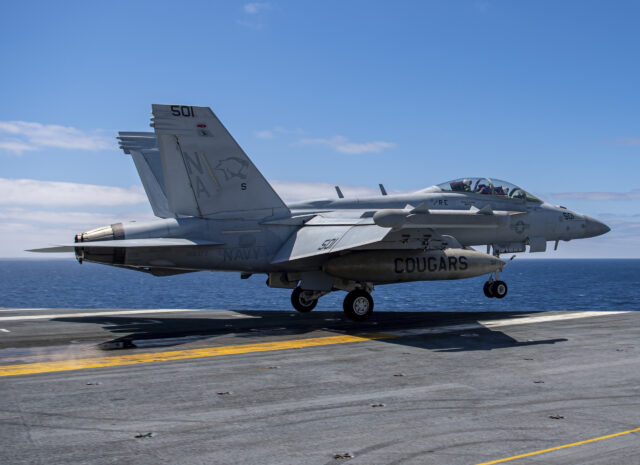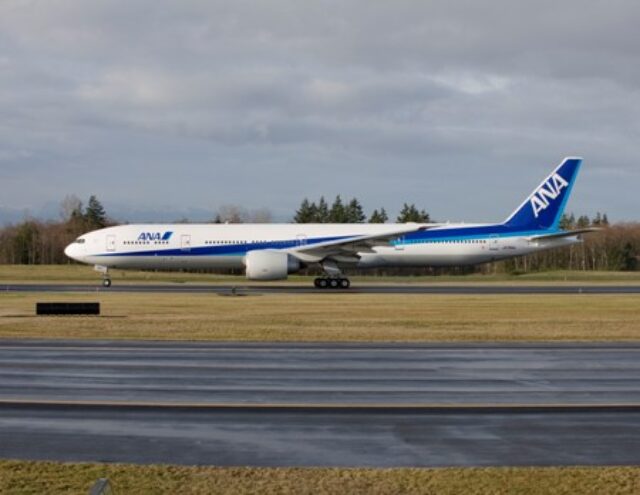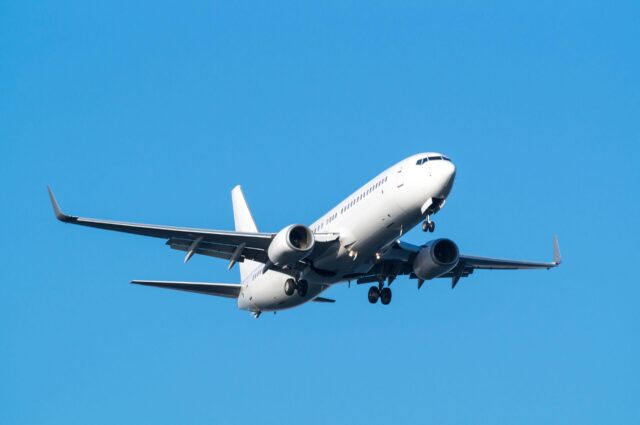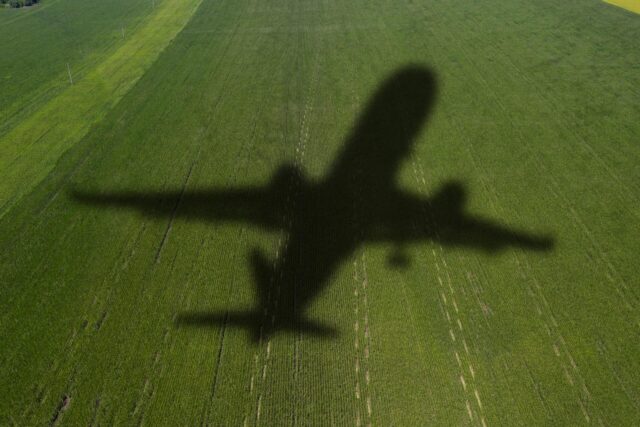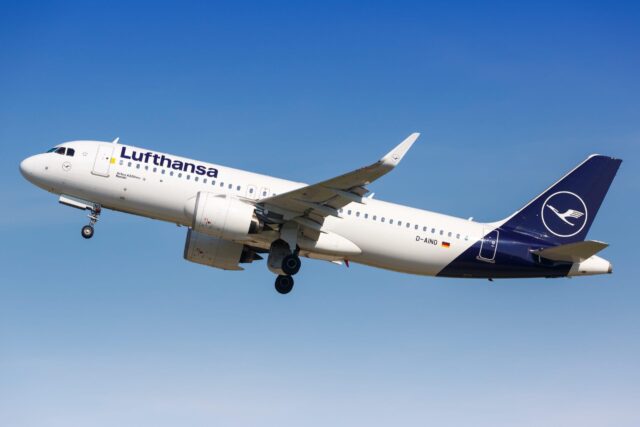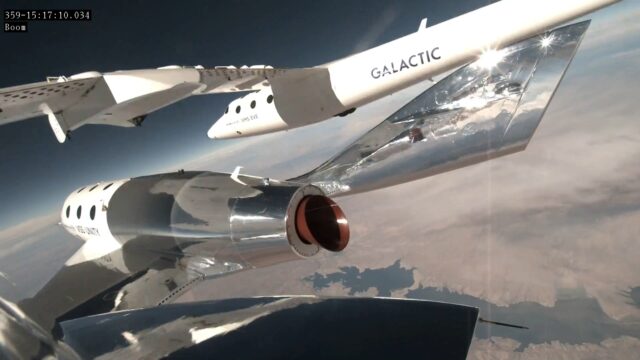First Bulgarian Block 70 flies
October 25, 2024

The first of 16 F-16 Block 70 aircraft for Bulgaria made a successful maiden flight on 22 October 2024. The aircraft took off from Lockheed Martin’s factory airfield at Greenville, South Carolina, at 09:30 am EDT with test pilot Charles ‘Seeker’ Hoag at the controls. Hoag successfully conducted multiple system tests to validate performance and supersonic capabilities during the flight.
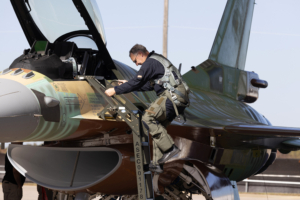
The Block 70 F-16 (and the Pratt & Whitney F100 engined Block 70) are the new-build equivalent of the F-16V Viper upgrade configuration, and incorporate a Northrop Grumman AN-APG-83 SABR (Scalable Agile Beam Radar) AESA radar, a new Modular Mission Computer (MMC), and a strengthened airframe that is good for 12,000 flying hours!
Other enhancements include a modern commercial off-the-shelf (COTS)-based avionics subsystem, a high-volume, high-speed data bus, compatibility with the Rockwell Collins-Elbit JHMCS II (Joint Helmet Mounted Cueing System), a new Centre Pedestal Display (CPD), a Link 16 datalink, MIDS-JTRS (Multi-function Information Distribution System-Joint Tactical Radio System (MIDS-JTRS), a new Embedded GPS/INS (Global Positioning System/Inertial Navigation System) and upgraded electronic warfare equipment based on the Terma ALQ-213 Electronic Warfare Management System, with an upgraded AN/ALR-56M radar warning receiver, and the ability to use a variety of ECM pods.
Together, all of this transforms the F-16 into a highly capable, state of the art fighter, retaining the performance that made the YF-16 a world beater when it first flew, 50 years ago today. The F-16 wrote the book when it came to agility and sheer kinematic performance, and the type remains highly regarded as a within visual range dogfighter, having also picked up a range of air-to-ground, SEAD and even BVR competences since then. The basic engine/airframe combination is still extremely competitive, and it should come as no surprise that the Fighting Falcon is still in production today, nor that its manufacturer should seek to bring its avionics, weapons systems, defensive aids and sensors bang up to date!
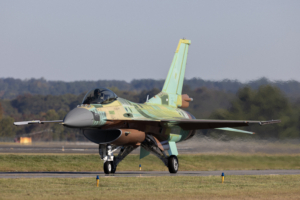
Bulgaria will be the second European country to receive the F-16 Block 70, after Slovakia, having signed an initial Letter of Acceptance (LOA) for eight F-16s in July 2019 and then signing a second LOA for another eight jets in 2022. These will include four two-seat F-16Ds.
Bulgaria will also be gifted two surplus Lockheed Martin F-16D Fighting Falcon aircraft to help prepare for the arrival of its first Block 70s. These will be used to train pilots and maintainers on the type before the Bulgarian Air Force receives the first of its eight Block 70 aircraft.
OJ Sanchez, vice president and general manager, Integrated Fighter Group at Lockheed Martin is quick to point out that: “The F-16 has proven its 21st Century Security capabilities time and again. With the F-16 Block 70, the Bulgarian Air Force will be well-equipped to secure its borders and partner with US, European and NATO allies. The F-16 was integrated by design from the beginning as a versatile, adaptable and scalable aircraft. Whether it be through air policing or offensive missions if required, the F-16 is strengthening NATO partnerships and will continue to do so for years to come.”
The F-16 Block 70/72 has been selected by six countries, and some 15 have been delivered to Bahrain and Slovakia, with a backlog of 125 aircraft to be delivered.
